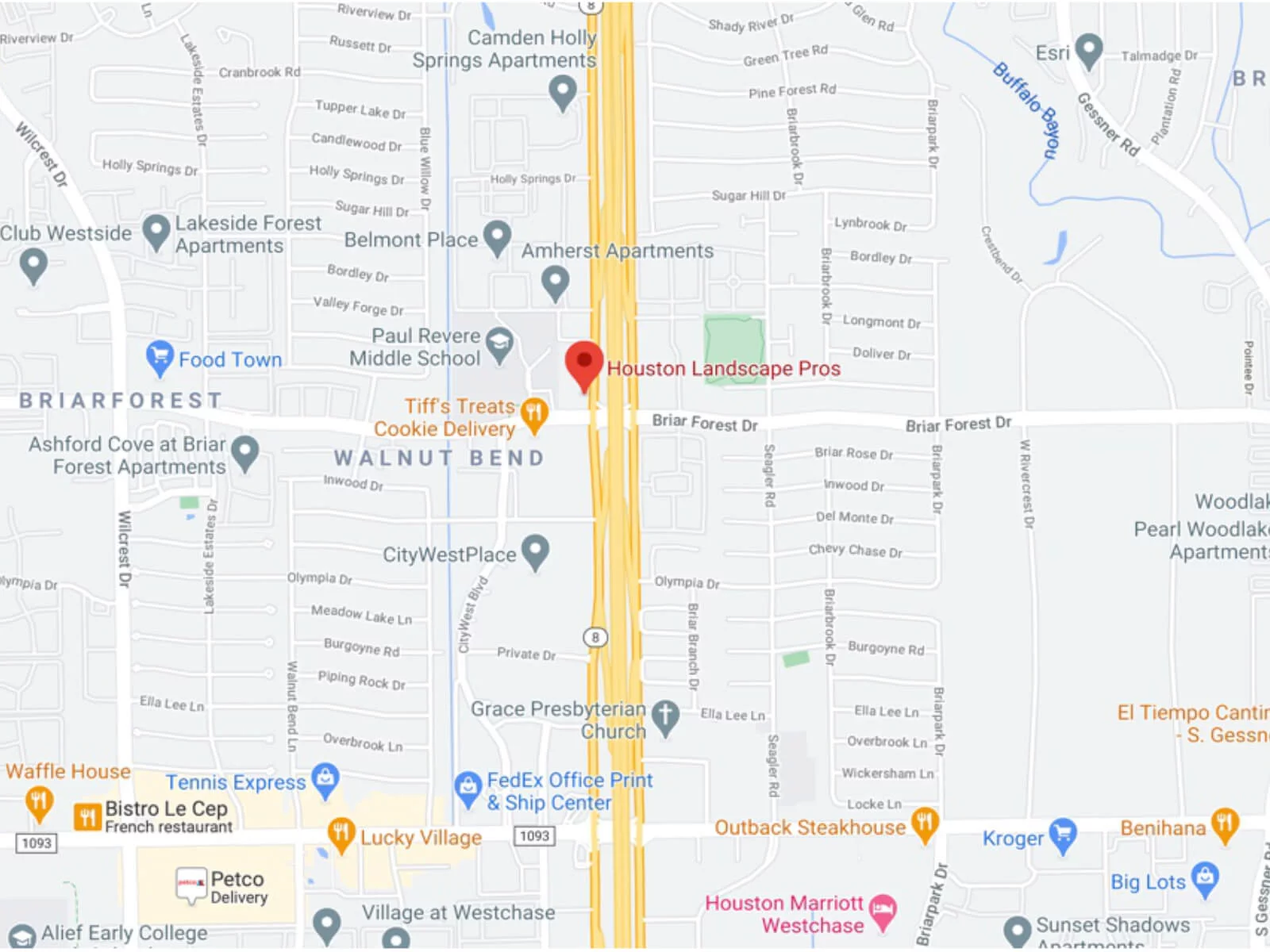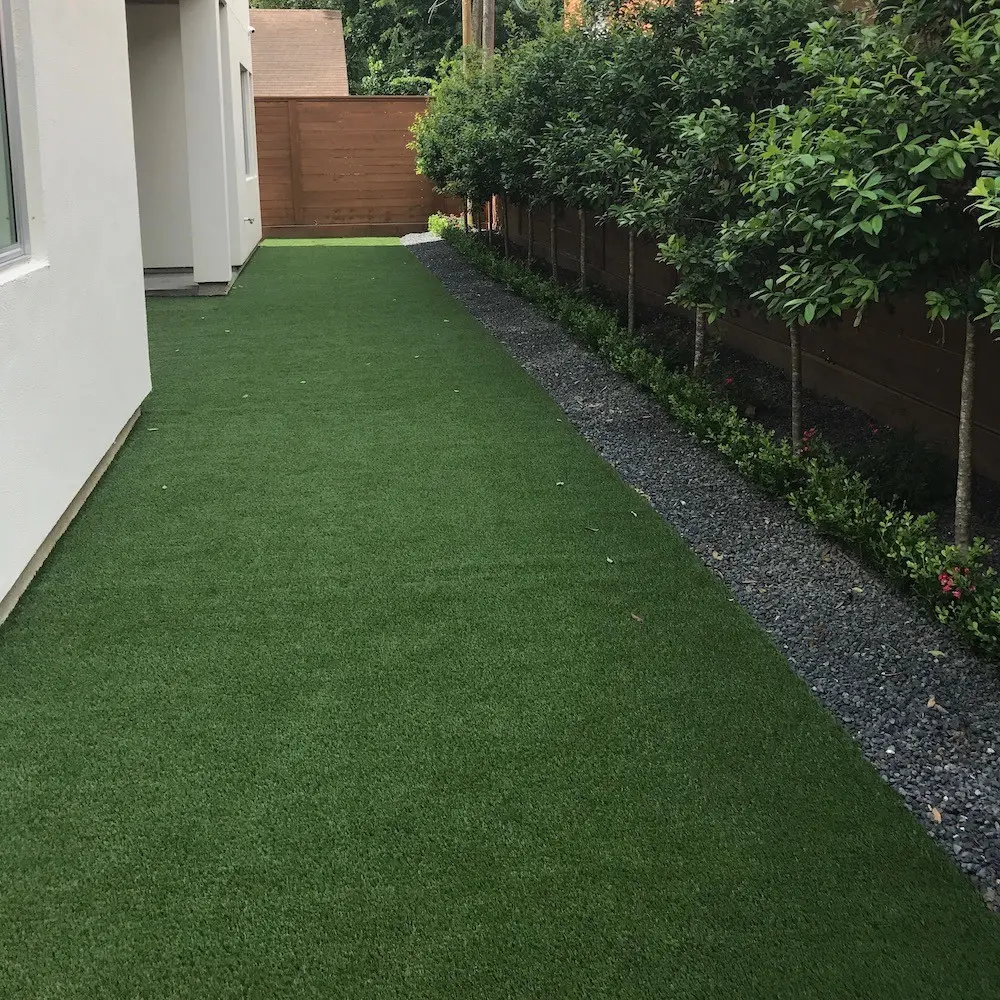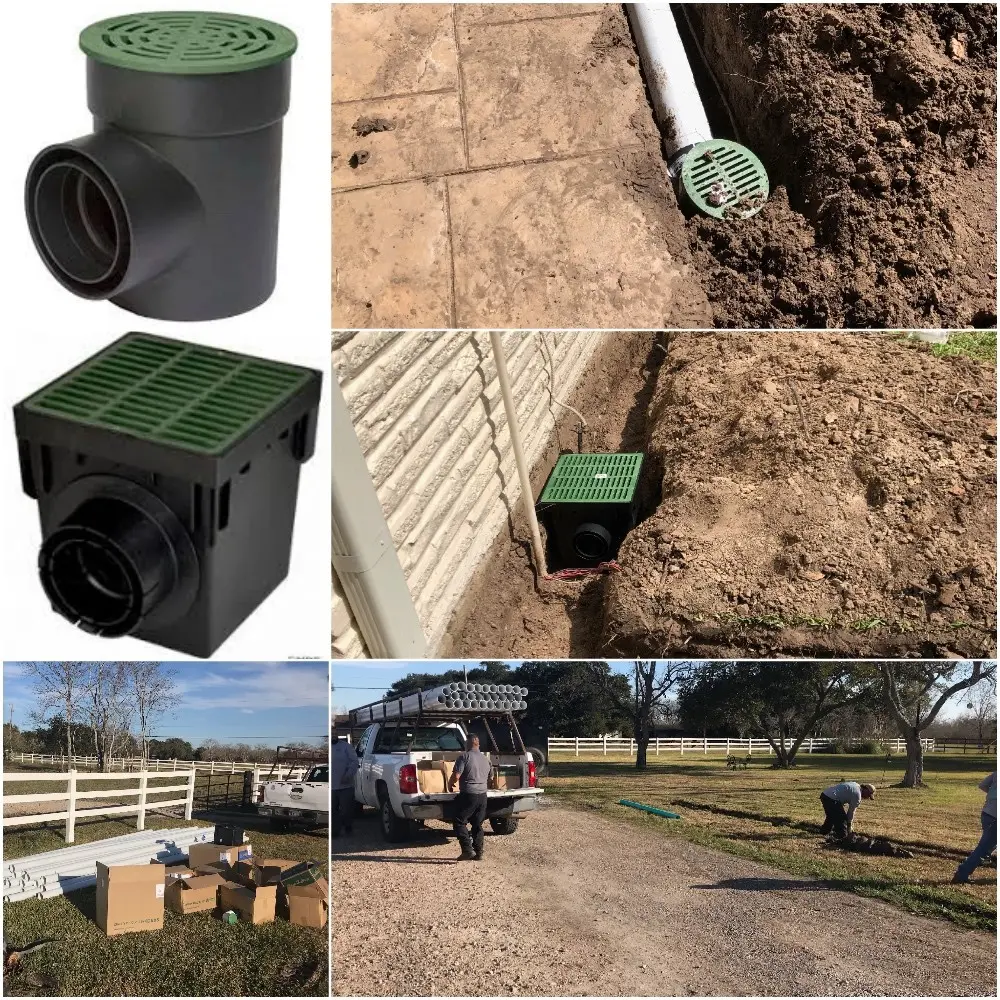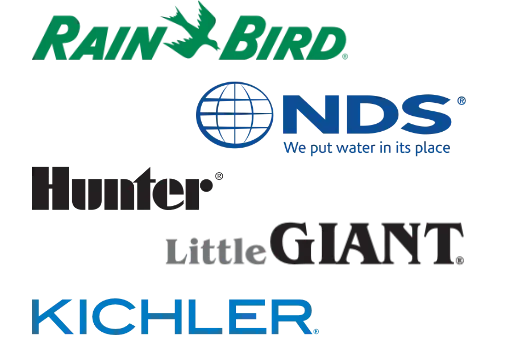Expert Yard Drainage Solutions in Houston, Texas
Is water pooling in your lawn or landscape beds? Are you losing mulch and topsoil to erosion after every rainfall? These are clear signs of yard drainage issues—and Houston Landscape Pros is here to help.
We are trusted yard drainage contractors in the Houston area, offering tailored drainage solutions for both residential and commercial properties. Whether you’re dealing with surface water runoff, poor grading, or soggy landscaping, we design and install effective yard drainage systems that solve the problem the right way.

Yard Drainage Installation & Custom Drainage Systems
Stop excess water before it damages your property. We design and install a variety of yard drainage systems that move water away from your home, garden, or building foundation.
💧 Water always flows downhill. If your yard has no proper drainage path, water will collect in low spots and flood your lawn. That’s where we come in.
Our team builds efficient systems that use gravity, grading, and piping to prevent water pooling, erosion, and foundation problems. Common drainage solutions in Houston include:
- French Drain Installation
- Catch Basin Drain Installation
- Sump Pump Installation
- Downspout Drainage & Diverters
- Landscape Drainage Pop-Up Emitters
French Drain Installation
French drains are one of the most effective yard drainage solutions available. They consist of a gravel-filled trench with a perforated pipe that redirects subsurface water away from foundations and saturated soil.
Why French Drains Work:
- Excellent for clay soils common in Houston
- Ideal for areas with frequent water retention
- Built with 4″ perforated pipe, 8″ wide trench, typically 18″ deep
- Long-lasting solution for landscape drainage and erosion control
Proper installation is crucial for performance—our licensed team ensures the job is done right the first time.
Catch Basin Drain Installation
Catch basins are designed to capture and redirect surface water from problem areas like downspouts, lawns, or patios. They work well in combination with French drains or trench drains.
- Made with durable plastic and PVC piping
- Installed at low points where water pools
- Ideal for driveways, gutters, and areas with high runoff
Catch basins prevent water buildup and protect your yard and home from potential water damage.
Sump Pump Drain Installation
If you’re experiencing abnormal flooding, especially in basements or low areas, a sump pump system may be your best option. Unlike passive drainage systems, sump pumps are electric-powered and actively move water out of trouble spots.
- Ideal for heavy rain events
- Certified sump pump installers
- Common in areas with frequent yard flooding
A sump pump provides extra protection where gravity-based drains aren’t enough.
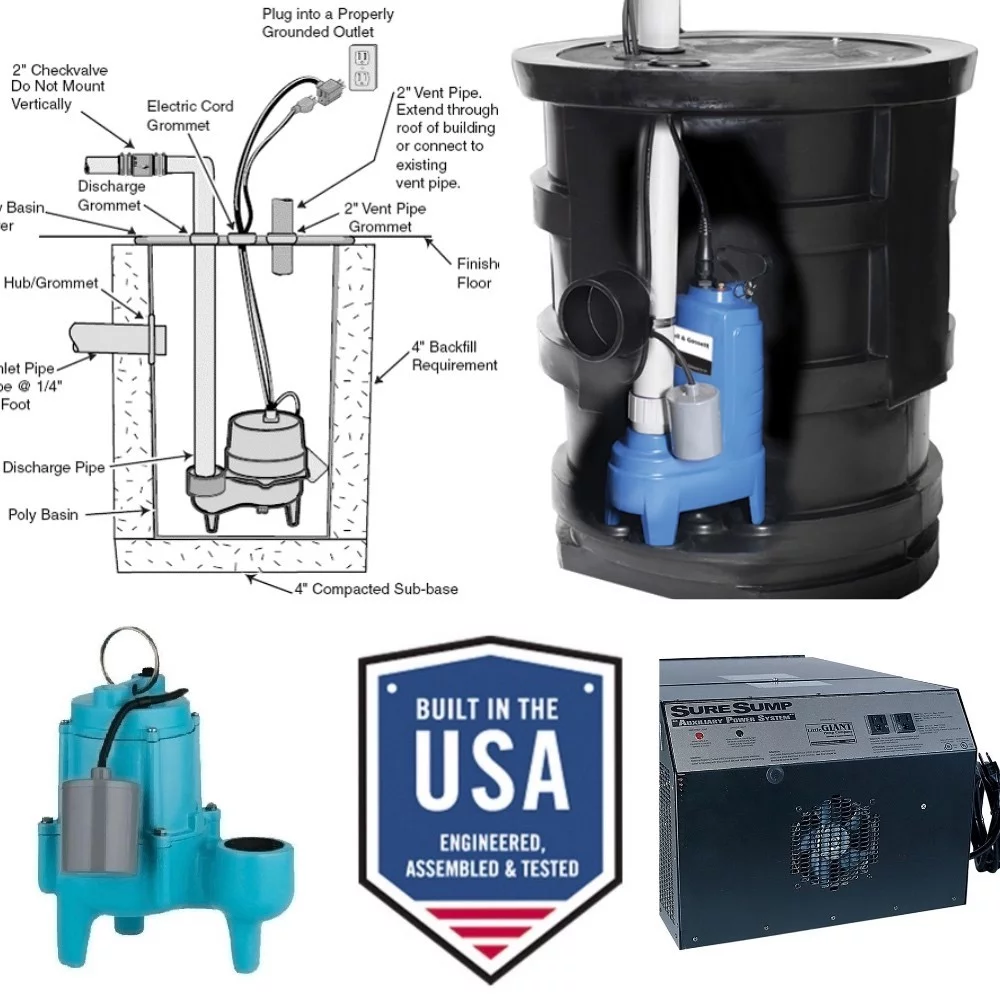
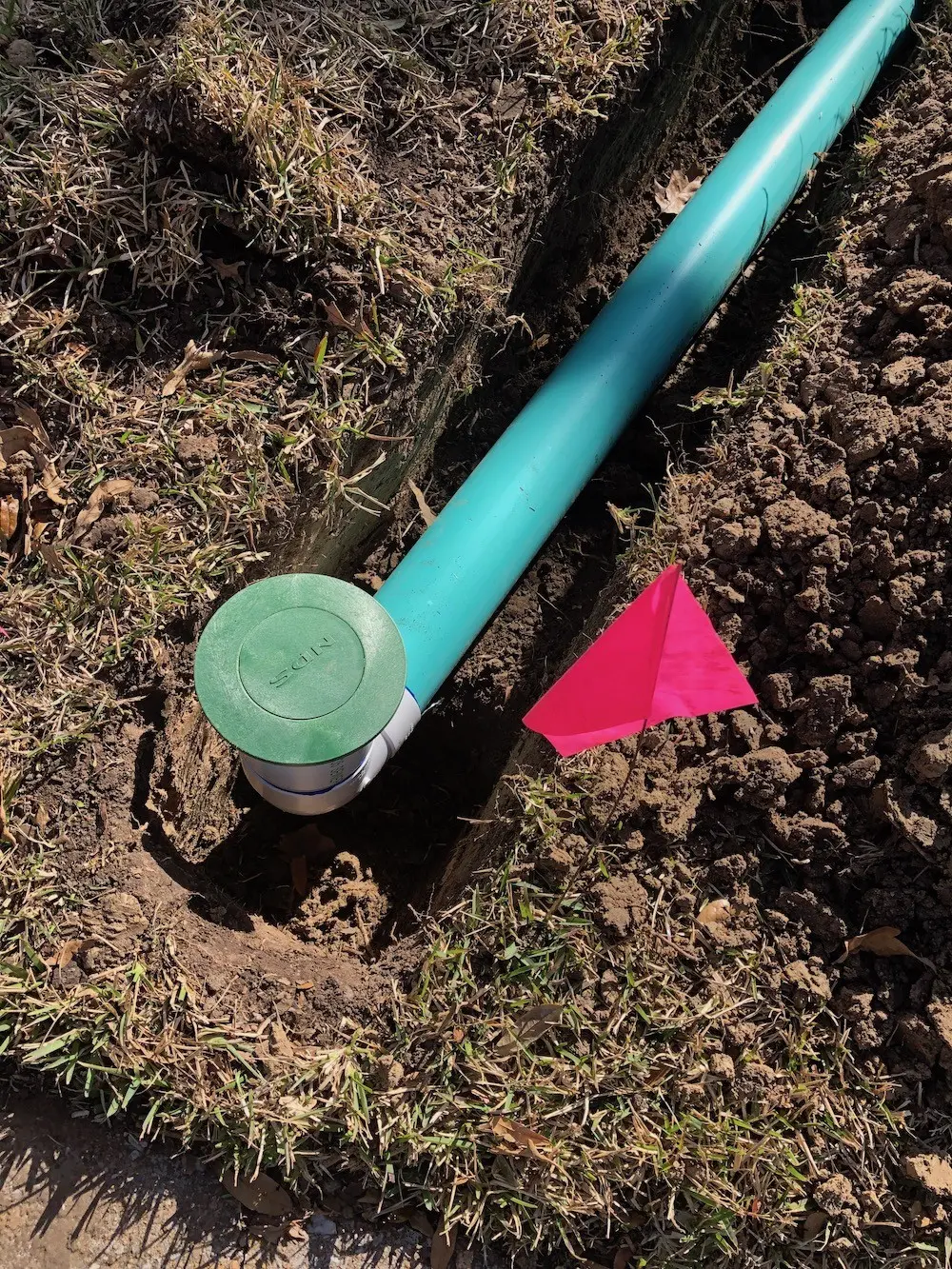
Landscape Drainage Pop-Up Emitters
Pop-up emitters provide a clean and efficient way to discharge water from underground drainage systems.
- Activated by water pressure
- Remain closed when not in use
- Perfect for areas without curb cuts
- Commonly used with downspout systems
These devices improve water flow while keeping your yard looking neat and hazard-free.
How It Works: Landscape Drainage Pop-Up Emitters
With over 25 years of landscape drainage experience, Houston Landscape Pros installs pop-up emitters with precision. These emitters are placed at the end of the drain system and open only when water flows through, ensuring proper discharge without backflow.
Want to learn more? Request your FREE drainage quote today!
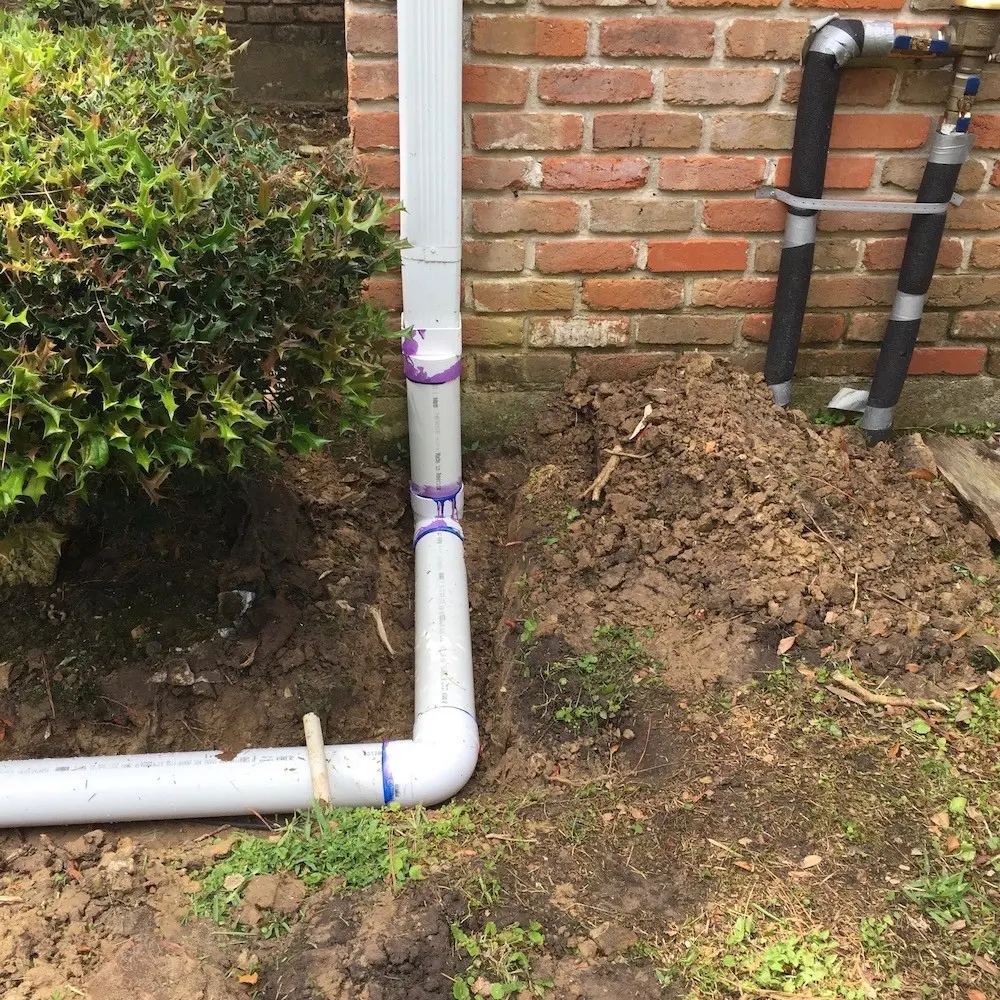
Downspout Drainage & Diverters
Downspouts and gutters are often the primary source of excessive water around the home. If improperly routed, this runoff can:
- Cause foundation issues
- Erode landscaping and mulch
- Lead to standing water in flower beds
Our team evaluates and installs diverters and extensions to properly channel water away from your home. It’s a simple fix that can prevent big problems.
Frequently Asked Questions About Yard Drainage
Welcome to our Frequently Asked Questions section! Here you’ll find comprehensive answers to your queries about landscape drainage, helping you understand and solve your outdoor water management needs.
Over 800+ Drainage Projects Completed
Since 2010, Houston Landscape Pros has completed more than 800 yard drainage installations across the Houston area. Whether it’s a residential backyard or a large commercial lawn, we’ve helped property owners move water efficiently and protect their investments.
Check out our landscape galleryand read real reviews from happy customers.
“ Highly Recommend!!
Hire Houston Landscape Pros for our drainage landscape, front yard, backyard projects. From the beginning they was very professional and answered all of my questions thoroughly. Also, informed us a couple of days before the project began, and team showed up exactly when said they would (maybe I’ve had bad luck in the past, but this is extremely important to me). Project was finished faster than quoted and looks amazing. I highly recommend this company!!
“ Professionally Done!
Houston Landscape Pros did a wonderful job installing our French drain at my property! It was affordable, professionally done and, so far, very effective. Would highly recommend them any in need of landscape drainage and all landscaping needs!
“Excellent Job
Houston Landscape Pros crew did a lot of work: installing gravel, trenching a drainage pipe, removing old plants and planting new ones, and an “spring cleanup”. Roughly $6k worth of work. They did an excellent job, the crew worked hard and the proposal before work began went smoothly considering all the questions I had.
Trusted Yard Drainage Contractors in Houston, TX
Our skilled team of yard drainage contractors is ready to solve your water problems. We proudly serve homeowners and businesses throughout Houston with professional, licensed drainage installations.
Please Note: We do not repair pre-existing drainage systems and cannot guarantee the performance of old or improperly installed systems.
📞 Call us at (713) 396-3320
